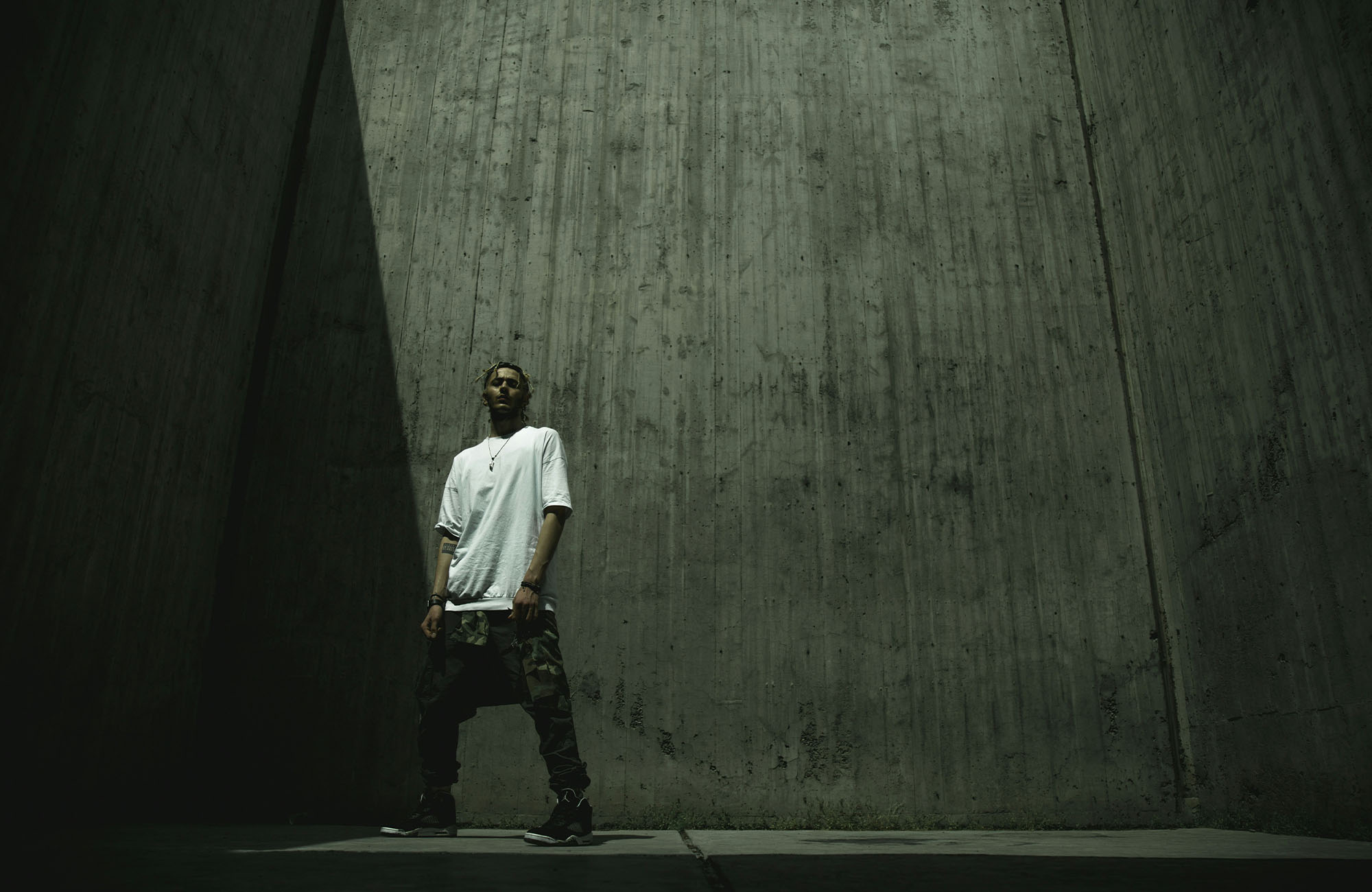
Music as Therapy: Healing Yourself Through the Creative Process
Music heals in ways words alone never could.
For artists, the studio isn’t just a creative space — it’s a form of therapy. The act of writing, producing, or recording gives shape to emotions that can’t be explained, helping you release what’s been building inside.
Whether you’re battling anxiety, grief, or burnout, music offers a path to emotional balance. It helps you process pain, express truth, and transform struggle into something meaningful — something beautiful.
This isn’t about perfection or fame. It’s about healing through creation.
In this article, we’ll explore how music acts as self-therapy, why creativity restores the mind, and how different types of beats — from Dark Beats to Motivational Beats — can help guide your emotional journey through sound.
Why the Creative Process Heals
When you write, your brain releases emotion in controlled form — through rhythm, words, and melody. It’s like turning chaos into structure, pain into rhythm.
Neuroscientists have found that creating music activates parts of the brain responsible for emotion regulation, memory, and reward. It literally rewires your nervous system, helping you process stress and trauma while creating a sense of calm and focus.
For rappers and producers, that process often feels instinctive:
-
Writing releases what you can’t say out loud.
-
Producing transforms tension into energy.
-
Recording turns vulnerability into empowerment.
When you translate your pain into art, it no longer owns you — you own it.
That’s the real power of music as therapy: it doesn’t erase what you’ve been through; it gives it purpose.
Step 1: Acknowledge Your Emotion Before You Create
Every healing process begins with honesty. Before you write or record, stop and ask yourself:
-
What am I feeling right now?
-
What do I need to release or understand?
-
What’s been building up inside me lately?
You don’t need the answers right away. The act of asking already opens emotional space for clarity.
If you’re in a darker place, don’t fight it — express it. Write about it. Let it exist in your verse. Dark emotions lose power when they’re given form.
A Dark Beat — with moody pianos, deep basslines, and cinematic tension — can act like a mirror. It gives your feelings a safe environment to exist in.
Let the beat speak first. Then, let your words follow.
Step 2: Turn Chaos Into Composition
Music is structured emotion. When you’re overwhelmed, creating structure — even in sound — helps you regain control.
Start by channeling your mood into rhythm:
-
Feel anger? Use aggressive drums, sharp hi-hats, distorted synths.
-
Feel lost or reflective? Choose slower tempos, soft chords, ambient textures.
-
Feel hope returning? Introduce brighter melodies, uplifting transitions, or strings.
This isn’t just production — it’s emotional organization. Every sound becomes a reflection of what you’re processing internally.
Producers often describe the feeling of “flow” — when time disappears and you’re completely absorbed in creation. That state activates dopamine and reduces cortisol, creating calm and focus. It’s your brain’s natural healing response.
When you finish a session, even if the song isn’t perfect, your mind feels lighter — because you’ve transferred your emotional load into something tangible.
Step 3: Writing as Emotional Release
Writing lyrics is one of the most powerful tools for self-understanding.
When you put emotions into words, they stop swirling in your head and start making sense. You move from confusion to clarity — from feeling to reflection.
Start your writing sessions like a therapy conversation:
-
What’s been weighing on me lately?
-
What do I wish someone understood about me?
-
What lesson am I learning right now?
Don’t censor yourself. The page doesn’t judge. Some of your most powerful lines will come from moments you never planned to share.
That’s why many emotionally driven artists like NF, J. Cole, and Eminem sound so raw — their music isn’t performance; it’s processing.
Try writing freely to a Dark Beat when you need to face heavy emotions — or switch to a Motivational Beat when you’re ready to rebuild and move forward. Each emotion deserves its own soundscape.
Step 4: Recording as Reflection and Empowerment
There’s something deeply therapeutic about hearing your own voice say the words you were once afraid to admit.
Recording transforms inner thoughts into sound. You’re no longer just feeling the emotion — you’re owning it.
Each take becomes a declaration:
“I’ve been through it. I survived. I’m still here.”
This act of vocalizing your truth activates emotional release — psychologists call it “externalization” — turning internal struggle into external art.
The microphone becomes your therapist, the booth your sanctuary.
If your song feels too heavy, you can reshape it later — add a more hopeful outro, a softer hook, or transition into a brighter Motivational Beat to show growth. Healing isn’t linear, and your song doesn’t have to be either.
Step 5: Let the Beat Lead Your Healing Journey
Every beat carries energy. The kind you choose shapes not just your music, but your mindset.
-
Dark Beats help you face and express pain. They’re for honesty — songs that confront emotion head-on.
-
Motivational Beats represent hope, growth, and resilience — the light that follows.
Try this exercise:
Start a project on a dark instrumental. Let your lyrics pour out without restraint. Then, when you’re ready to move forward, switch to a motivational beat — and write your response.
That emotional transition — from darkness to strength — becomes the sound of healing.
Your audience will feel that shift too, because emotional energy transfers. When you heal through your art, you help others heal through listening.
Step 6: Understand That Healing Is a Process
Music therapy isn’t about instant relief. It’s about consistent reflection through creation.
You’ll have days when writing feels freeing — and others when it feels impossible. Both are part of the process.
Don’t pressure yourself to turn every emotion into a masterpiece. Sometimes the act of creating is the therapy, even if the song never gets released.
Keep a folder for private tracks — songs meant just for you. Those can be the most honest and healing of all.
Step 7: Transform Pain Into Purpose
Once you’ve processed your emotions through music, you gain something priceless: perspective.
You begin to see that your struggles have shaped your art — and your art has reshaped your mind. That’s the cycle of creative healing.
Many artists discover that their most personal songs end up helping others the most. When you share your truth, you create connection. And connection is what heals both the artist and the listener.
Your music becomes medicine — for you first, and for your audience second.
Final Thoughts
Music isn’t just sound — it’s self-healing in motion.
Through writing, producing, and recording, you give form to the emotions that words alone can’t hold. You take back control from pain by turning it into purpose.
The process doesn’t require perfection. It only requires honesty.
So whether you’re creating through the darkness or building strength in the light, let the sound guide your healing.
Explore Dark Beats to express what hurts — and Motivational Beats to remind yourself that you can rise again.
Because in the end, music isn’t just therapy. It’s transformation. And every beat, every verse, every word is a step toward becoming whole again.


No Comments